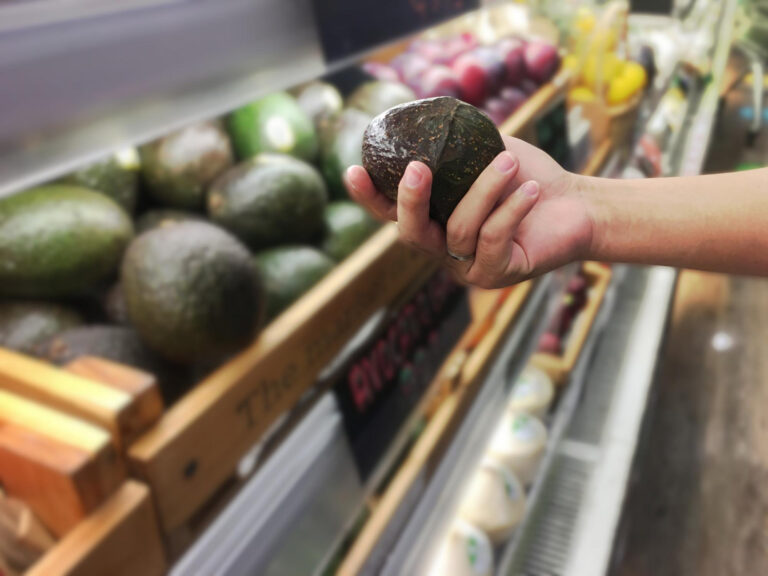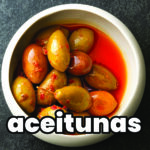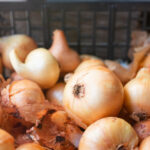The Best Fluffy Pancakes recipe you will fall in love with. Full of tips and tricks to help you make the best pancakes.
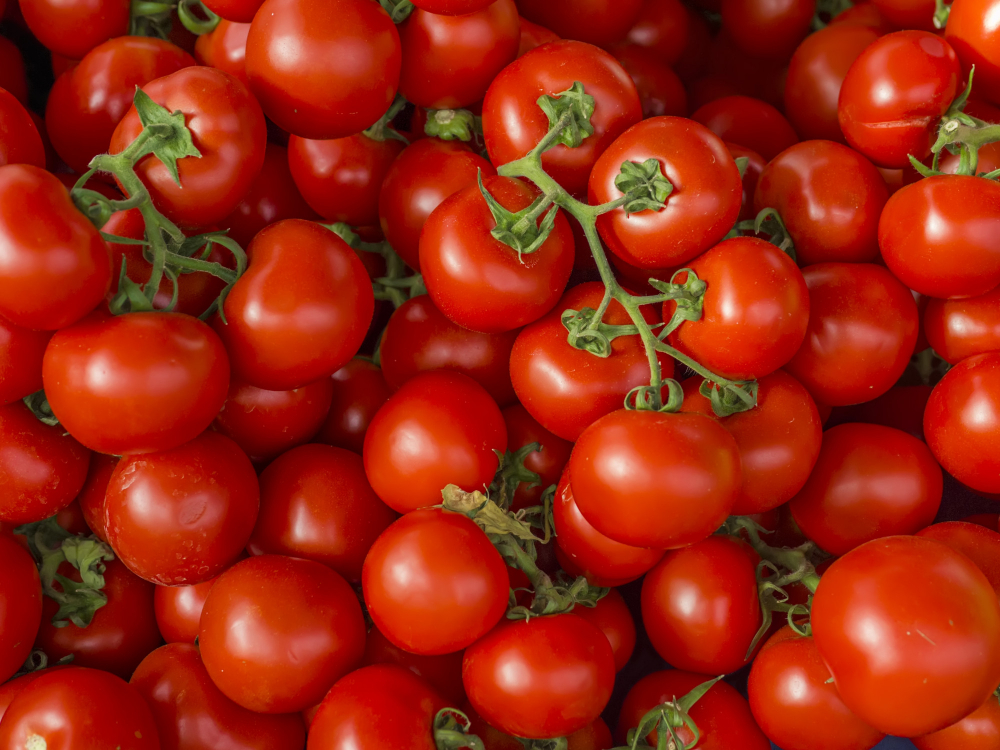
Tomatoes 🍅 in Spain are fresh and delicious. They are a handy food for vegetarian and vegan visitors as they are so versatile. Eat them in salads, cook with them to make tasty dishes, smash them to make toast toppings…
If you are visiting Spain and planning to cook your own meals, tomatoes will be an essential ingredient in your kitchen. Spain is renowned for its variety of fresh and flavourful tomatoes, ideal for both salads and cooked dishes. In this post, we explain how to choose the best tomatoes, the most common varieties, where to buy them, and how to communicate in stores.
Buying Tomatoes in Spain – Embrace the Imperfections!
When we first came to Spain, one thing that jumped out at me was how tomatoes came in all shapes and sizes and often look far from ‘perfect’ – being close to what we would call in the UK ‘wonky’. Happily I soon learned that just because every tomato was not uniform in shape or colour didn’t diminish from the taste one single bit! And I started to discover a whole new world of tomatoes (including blue tomatoes Tomate Azul de Santiago from Galicia) and many more.
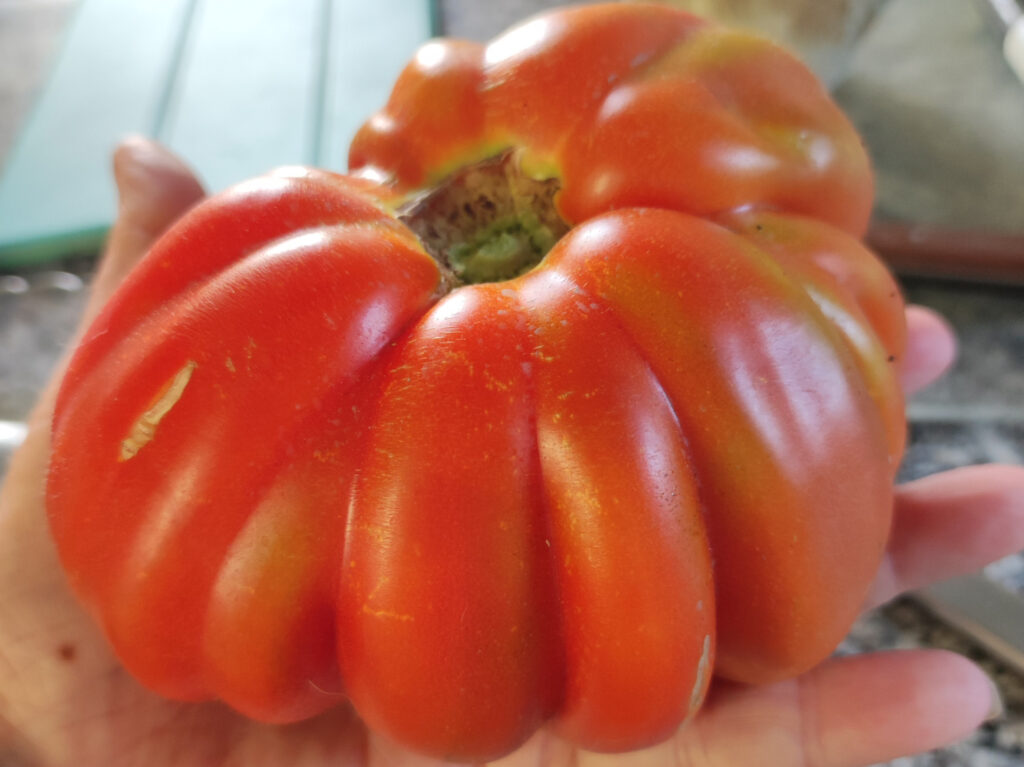
So if you are planning on stocking up on a few tomatoes during your stay you’ll find a rich treasure chest to explore.
Tip: Although Spain has a long growing season for tomatoes, you will find the best ones are available during the summer to late autumn.
Tomato Varieties in Spain
Tomatoes in Spain vary by region and season, but here are some of the most common varieties:
- Tomate pera (Pear tomato): Oval-shaped and medium-sized, this tomato is ideal for cooking. Its solid texture and low water content make it perfect for sauces and sautés.
- Tomate en rama (Vine tomato): Sold still attached to the vine, which guarantees freshness. They are juicy and often used for salads or for serving on bread (“pan con tomate”).
- Tomate Raf (Raf tomato): This tomato has an irregular shape and a sweet flavor with a touch of acidity. It’s excellent for salads due to its balanced taste. This produces tomatoes during the winter and is one to keep a look out for outside of the typical summer tomato-producing season.
- Tomate cherry (Cherry tomato): Small and sweet, ideal for snacks, salads, or garnishing dishes. These are great for picnics as you don’t need to worry about carrying a sharp knife for slicing.
- Tomate azul (Blue tomato): Though less known, this variety is rich in antioxidants and has a deep flavor. Its specific name may vary by region, but look for “tomates azules”.
You may also find packs of Tomates Ensalada (salad tomatoes).
How Tomatoes Are Sold
You will find tomatoes in virtually every supermarket, produce market and food store. In supermarkets expect to serve yourself, in markets and smaller stores you will ask for what you require by weight (or simply say how many you require if it’s just a couple.
A granel (Loose): In most supermarkets and stores, tomatoes are sold loose. You can choose the ones you prefer and weigh them yourself or ask the staff to do it for you.
En paquetes (Packaged): Some varieties, especially cherry tomatoes, are often sold in plastic or cardboard trays. You will also find kilo packs of salad tomatoes. These can represent good value – but balance this up with how many you will actually need to avoid waste.
De producción local (Locally produced): Many markets and small shops offer tomatoes from local producers. These are usually fresher, tastier, and buying them supports local farmers. Look for signs saying “producto local” or ask directly.
Plus of course you will find tinned tomatoes in various forms and don’t forget to check out tomate frito!
Useful Vocabulary for Buying Tomatoes
Here are some phrases and key words to help you buy tomatoes:
¿Cuánto cuesta un kilo de tomates? (How much is a kilo of tomatoes?): An essential question to know the price.
Quiero un kilo de tomates, por favor. (I would like a kilo of tomatoes, please.): If you prefer the staff to weigh them for you.
¿Qué tomates son mejores para ensaladas/cocinar? (Which tomatoes are best for salads/cooking?): Ask if you’re unsure which variety to choose.
¿Son de producción local? (Are they locally produced?): To ensure you’re buying fresh and sustainable tomatoes.
Tomate pera/en rama/Raf/cherry/azul: The names of common varieties.
Where to Buy Tomatoes
Happily, tomatoes can be found almost everywhere in Spain, particulary during the key fruiting season-
Supermarkets
Large chains like Mercadona, Carrefour, and Alcampo usually have a wide selection of tomatoes. Look for varieties in the fruit and vegetable section. Cherry tomatoes are often stocked along side salad items in the chilled section. You will find tomatoes in punnets as well as to buy loose.
Local Markets
Weekly or permanent markets in cities and towns are excellent for finding fresh, local tomatoes. Prices are often competitive, and the quality is high. Expect to be served by the stall owner.
Small Shops and Greengrocers (Fruterías)
In rural and urban areas, these shops offer fresh, seasonal produce, the quality is often exceptional. These may either be self service stores or you may be served by an assistant.
Quick Ideas for Preparing Tomatoes
When you are staying in self catering accommodation you may have limited access to kitchen equipment. However don’t let that stop you enjoying Spain’s wonderful tomato harvest – here are some simple ways to enjoy tomatoes:
- Fresh Salad (Ensalada fresca): Slice or chop the tomatoes and combine them with a bit of salt, olive oil, and, if desired, fresh herbs like basil or parsley (supermarkets and markets often sell fresh herbs).
- Bread with Tomato (Pan con tomate): Chop a ripe tomato, add salt and olive oil, and spread the mixture on a slice of bread or toast – this is a great snack for any occasion and is also a typical breakfast especially in the south of Spain..
- Roasted Tomatoes (Tomates asados): If you have access to an oven or grill, cut the tomatoes in half, season with salt and oil, and cook until tender. Serve with crusty bread or stir through cooked pasta or rice.
- Cherry Tomato Snack (Aperitivo de tomate cherry): Get a punnet of cherry tomatoes and eat them as they come as a snack or to make a tasty accompaniment to a main dish. Pair them with a bit of hummus or cheese to add additional flavour.
- Quick Sauce (Salsa rápida): Blend ripe tomatoes with a clove of garlic, salt, and olive oil for a simple sauce you can use on pasta or as a dip.
Hopefully this has given you some ideas for buying tomatoes in Spain during your next visit, whether you plan to eat them in salads or incorporate into a tasty meal.
What is your favourite Spanish tomato or tomato dish? Do you have any tips for cooking with tomatoes in Spain?




